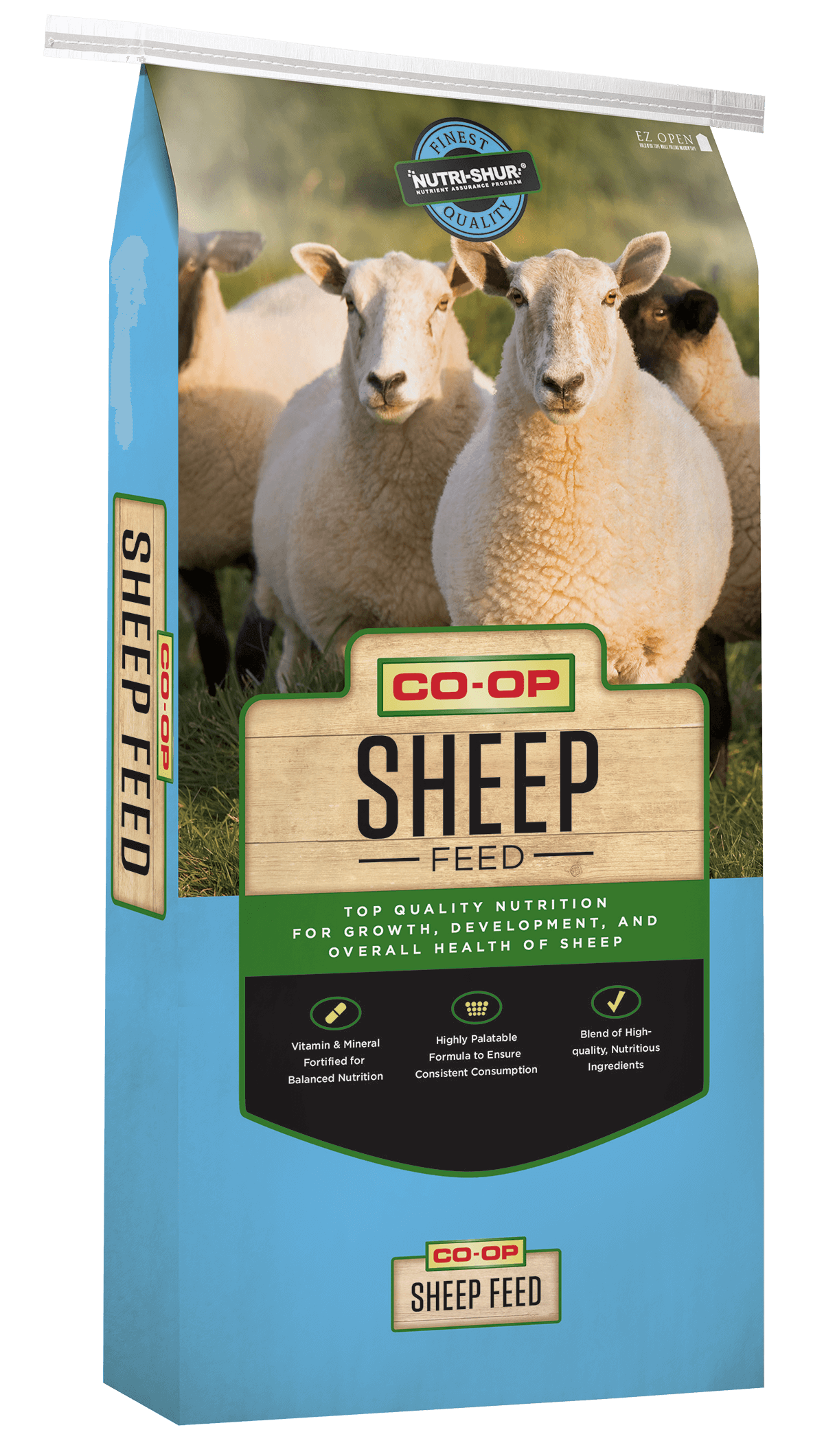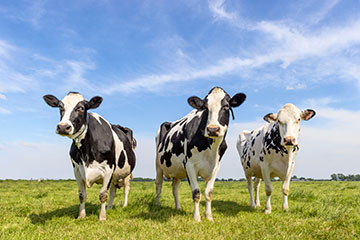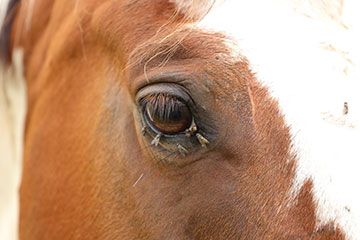TFC

Protein power - Feeding your chickens during molting season
At the height of mid-summer, it may feel too premature to discuss the upcoming fall molting season. However, the molting season can begin as early as August, depending on the exact age ...





